Violet "LE-Tristan": description and cultivation
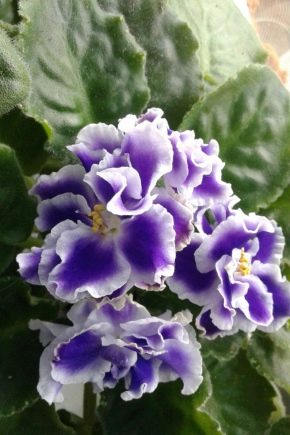
A well-chosen plant can decorate and diversify any room. They are often chosen to complement the interiors of apartments in large cities that lack naturalness and freshness. Indoor violets, presented in a wide variety of varieties, are in high demand. The assortment allows you to choose the ideal option, taking into account the personal preferences of everyone.

Characteristic
Home violets, they are also Saintpaulias (Saintpaulia is a separate genus of plants characterized by a beautiful and lush color) - these are the favorite representatives of the flora of many flower growers. The article deals with the "LE-Tristan" violet variety. It is worth paying attention to the description of this variety. A distinctive feature of this type of flowers is that they can delight with an amazing color almost throughout the year.if the conditions of detention have been fully complied with. The plant is unpretentious in care, but it requires compliance with certain rules for a healthy and attractive appearance. Today, indoor violets are often found in public and residential areas. They are also frequent participants in various thematic exhibitions.
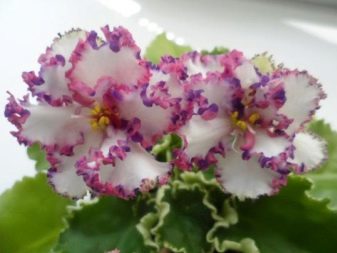
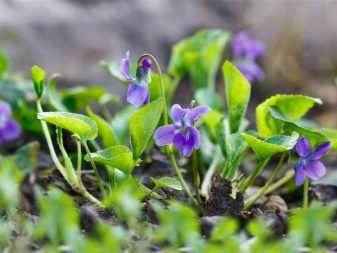
The above species is characterized by large flowers with embossed petals. They are painted white, and the edges have bright edging in lilac and violet colors, and there are also blotches of blue and pink. The variegated edges, combining several colors, attract the attention of others and give the plant a unique appearance. The bush rosette is neat and symmetrical. The leaves are large, in a standard rich green color. They resemble petals in shape due to corrugation. The edges of some leaves may be white.
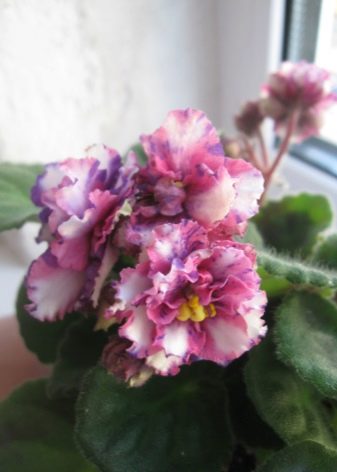
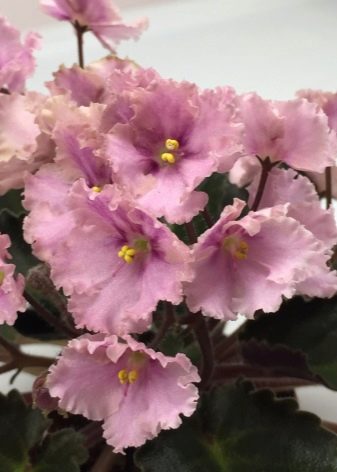
Basic rules of content
Lighting
The plant is very fond of light. It is almost impossible to achieve lush and bright flowering without a bright and full daylight hours. Despite this, the plant must be protected from direct sunlight. Otherwise, burns will remain on foliage, branches and flowers. Only soft and diffused light is suitable. Experts note that plants with snow-white buds are more susceptible to burns. Daylight hours for about 12 hours will be sufficient. It is necessary to compensate for the lack of natural lighting with additional devices.
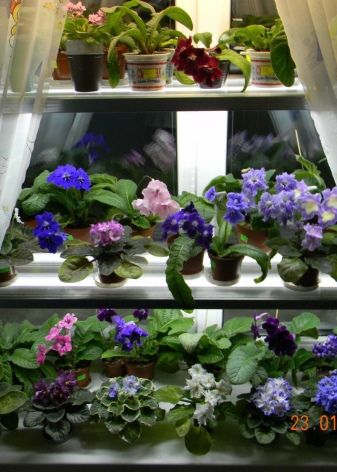
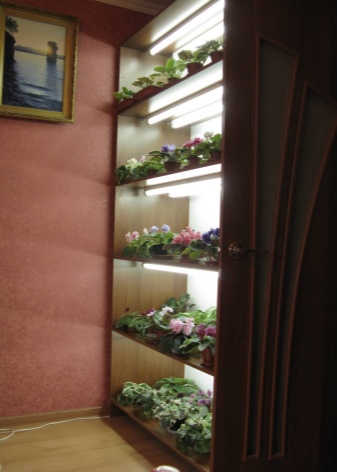
Location
The most successful and common location is the windowsill. If possible, it is advisable to place the plant on the north side of the house. When the flower is located on the west or south window, a slight darkening should be made. Use light curtains or white paper. When passing through these materials, the rays will become scattered. Oblique rays in the evening will not cause any harm to the shrub. And also there should be no drafts in the place of installation of the plant.

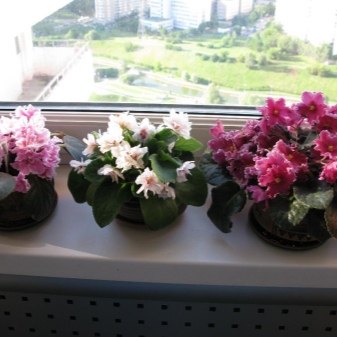
Temperature conditions
With the onset of cold weather, additional flower protection should be issued. At this time, there is a danger of frostbite of the root system. It is recommended to wrap the pots with insulating material or place them on a wooden or plastic stand. Watering for this period should be limited. The minimum air temperature should be 18 degrees Celsius (a slight increase of several degrees is possible).If this figure is lower, even bright and full-fledged lighting will be useless.

Watering and humidity
Indoor heat causes the soil and plants to rapidly lose moisture. Such conditions adversely affect the flower and lead to wilting. In order for the shrub to be comfortable, comfortable conditions should be provided. In the hot season, a container with pebbles and clean water is placed next to the plant. You can also spray air around the plant, but in no case cover the flower with moisture.
As soon as you notice that the top layer of mail is dry, watering should be done. Warm and settled water is used. The need for moisture increases significantly during the period of active development of the flower. And also watch out for stagnant water. Be sure to fill in the holes at the bottom of the pot.

Bush transplant
The violet should be transplanted 2 times a year, while the earthen mixture changes. This procedure has a beneficial effect on the development of the plant and the abundance of flowering. Useful trace elements in the composition of the substrate will help the shrub to recuperate. The ideal period for work is considered to be the whole autumn, as well as the time from February to March. Professional florists note that transplanting is carried out to form new roots, since the root system of such plants often needs to be updated due to rapid aging.
In the process of transplanting, the violet is cleaned of old foliage and damaged roots. The formation of new roots will cause the plant to develop strong flower stalks with lots of buds and fresh leaves. It is allowed to transplant during the flowering period. If the work is done carefully, there will be no harm to the shrub.
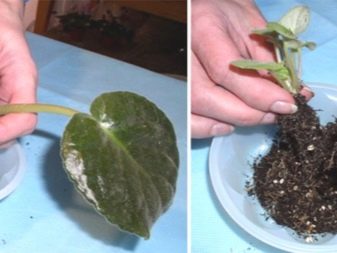
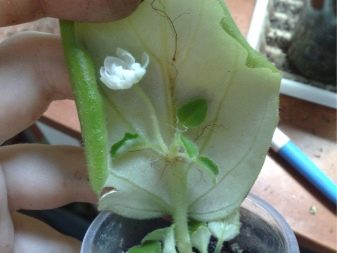
Choice of capacity
The plant grows and develops remarkably in a small pot. Too large a container will cause the violet to use its energy to form roots rather than flowers. In addition, this can lead to the onset of purulent processes inside the roots. It is not recommended to choose a larger pot when transplanting, but you can change it to a new one if you wish. Along with the new container, be sure to purchase a suitable drain and make holes in the bottom of the container so that excess water does not stagnate.
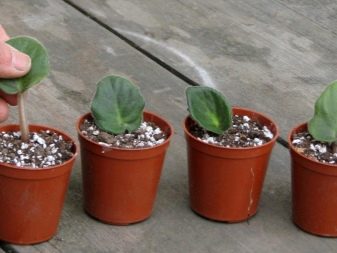
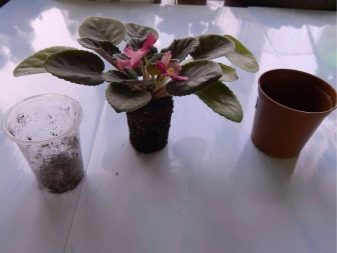
Reproduction
Most often, the above variety is propagated using leafy cuttings. This is a convenient and practical method that is great for budding florists. It is best to carry out the work in the summer or early spring. Only healthy leaves are used for reproduction of violets. Each of them is considered a full-fledged organ that is capable of producing its own roots. To root a leaf, place it in damp moss, water, or substrate. Some people use special humus tablets that can be purchased at specialty stores. When roots appear, they can already be transplanted into the ground.

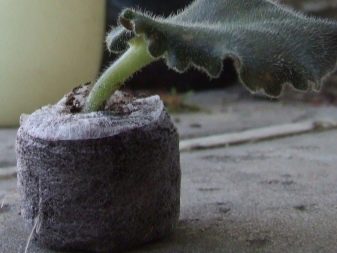
Varieties and sports
Amateurs and specialists who are engaged in the cultivation of indoor violets often face such a problem as the inconsistency of the appearance of the plant with the declared characteristics. This means that the color of foliage and flowers may differ slightly or significantly from the original. Sometimes flower growers are faced with options for sporting. These are representatives of the flora grown with the help of children who have not retained certain varietal properties of the parent plants. Such changes are characteristic of the "Tristan" violet variety. It is worth noting that some new plant species may have higher aesthetic properties when compared to the original shrub.
Important! To make the roots form faster, you can create greenhouse conditions around the leaf, for example, cover it with a cut plastic bottle, and also use cling film.
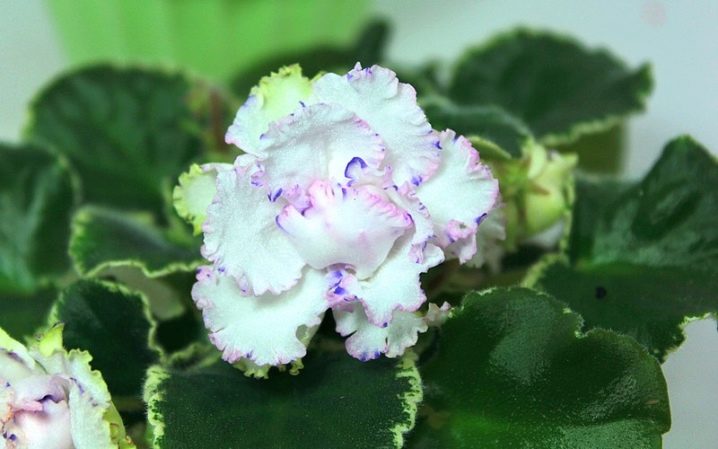
additional information
Certain species of Saintpaulia are not predisposed to being sported, as a rule, they are monochromatic plants. However, in this case, there are exceptions, and during reproduction, the external characteristics of the shrub may change. You can also find varieties that change the appearance of flowers from flowering to flowering. At the same time, the beauty and expressiveness of the color of the buds is preserved. Such changes occur as a result of changes in conditions of detention (lighting, room temperature, the use of fertilizers with different compositions). It is possible to restore the previous appearance of the flower with minor changes by restoring the earlier conditions.
Note: if you notice that the shrub has begun to bloom with sports, then it will not work to return the previous variety.
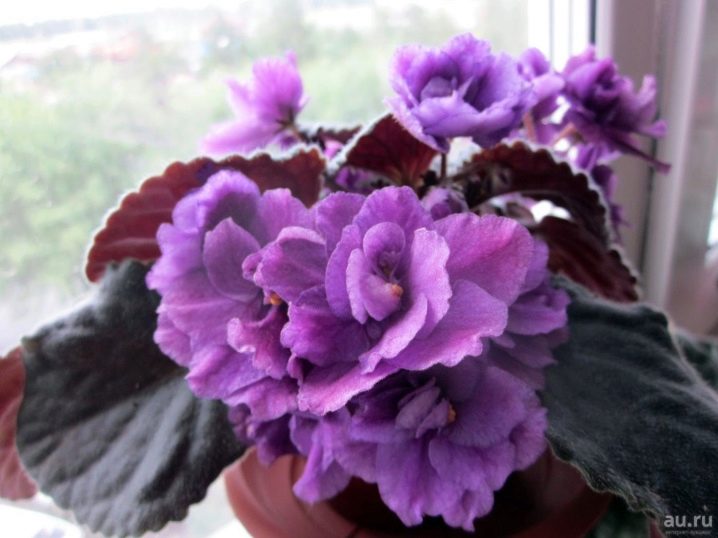
For information on how to grow a violet from a leaf, see the next video.































The comment was sent successfully.